The impact of repeated vaccination on influenza vaccine effectiveness: a systematic review and meta-analysis
- PMID: 30626399
- PMCID: PMC6327561
- DOI: 10.1186/s12916-018-1239-8
The impact of repeated vaccination on influenza vaccine effectiveness: a systematic review and meta-analysis
Abstract
Background: Conflicting results regarding the impact of repeated vaccination on influenza vaccine effectiveness (VE) may cause confusion regarding the benefits of receiving the current season's vaccine.
Methods: We systematically searched MEDLINE, Embase, PubMed, and Cumulative Index to Nursing and Allied Health Literature from database inception to August 17, 2016, for observational studies published in English that reported VE against laboratory-confirmed influenza for the following four vaccination groups: current season only, prior season only, both seasons, and neither season. We pooled differences in VE (∆VE) between vaccination groups by influenza season and type/subtype using a random-effects model. The study protocol is registered with PROSPERO (registration number: CRD42016037241).
Results: We identified 3435 unique articles, reviewed the full text of 634, and included 20 for meta-analysis. Compared to prior season vaccination only, vaccination in both seasons was associated with greater protection against influenza H1N1 (∆VE = 25%; 95% CI 14%, 35%) and B (∆VE = 18%; 95% CI 3%, 33%), but not H3N2 (∆VE = 7%; 95% CI - 7%, 21%). Compared to no vaccination for either season, individuals who received the current season's vaccine had greater protection against H1N1 (∆VE = 62%; 95% CI 51%, 70%), H3N2 (∆VE = 45%; 95% CI 35%, 53%), and B (∆VE = 64%; 95% CI 57%, 71%). We observed no differences in VE between vaccination in both seasons and the current season only for H1N1 (∆VE = 3%; 95% CI - 8%, 13%), but less protection against influenza H3N2 (∆VE = - 20%; 95% CI - 36%, - 4%), and B (∆VE = - 11%; 95% CI - 20%, - 2%).
Conclusions: Our results support current season vaccination regardless of prior season vaccination because VE for vaccination in the current season only is higher compared to no vaccination in either season for all types/subtypes, and for H1N1 and influenza B, vaccination in both seasons provides better VE than vaccination in the prior season only. Although VE was lower against H3N2 and B for individuals vaccinated in both seasons compared to those vaccinated in the current season only, it should be noted that past vaccination history cannot be altered and this comparison disregards susceptibility to influenza during the prior season among those vaccinated in the current season only. In addition, our results for H3N2 were particularly influenced by the 2014-2015 influenza season and the impact of repeated vaccination for all types/subtypes may vary from season to season. It is important that future VE studies include vaccination history over multiple seasons to evaluate repeated vaccination in more detail.
Keywords: Influenza; Repeated vaccination; Vaccine effectiveness.
Conflict of interest statement
Ethics approval and consent to participate
Not applicable
Consent for publication
Not applicable
Competing interests
The authors declare that they have no competing interests.
Publisher’s Note
Springer Nature remains neutral with regard to jurisdictional claims in published maps and institutional affiliations.
Figures

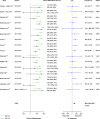


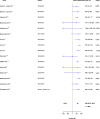
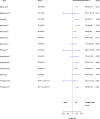
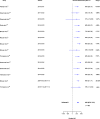
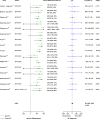
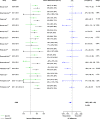
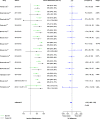
References
-
- World Health Organization Vaccines against influenza WHO position paper—November 2012. Wkly Epidemiol Rec. 2012;87(47):461–476. - PubMed
-
- National Advisory Committee on Immunization . (NACI): Canadian Immunization Guide Chapter on Influenza and Statement on Seasonal Influenza Vaccine for 2017–2018. Ottawa: PHAC; 2017.
-
- Beyer WE, de Bruijn IA, Palache AM, Westendorp RG, Osterhaus AD. Protection against influenza after annually repeated vaccination: a meta-analysis of serologic and field studies. Arch Intern Med. 1999;159(2):182–8. - PubMed
Publication types
MeSH terms
Substances
LinkOut - more resources
Full Text Sources
Other Literature Sources
Medical
Miscellaneous

